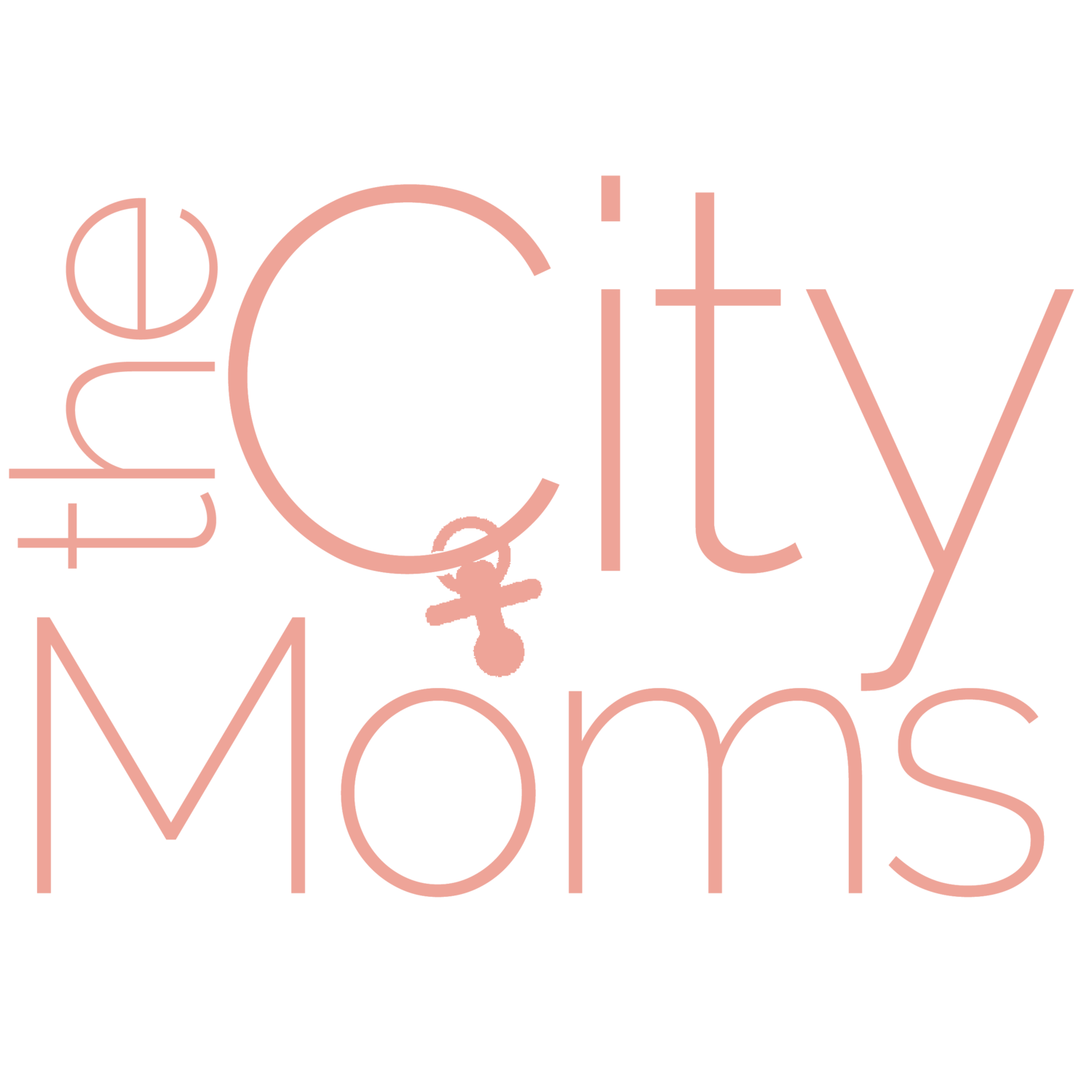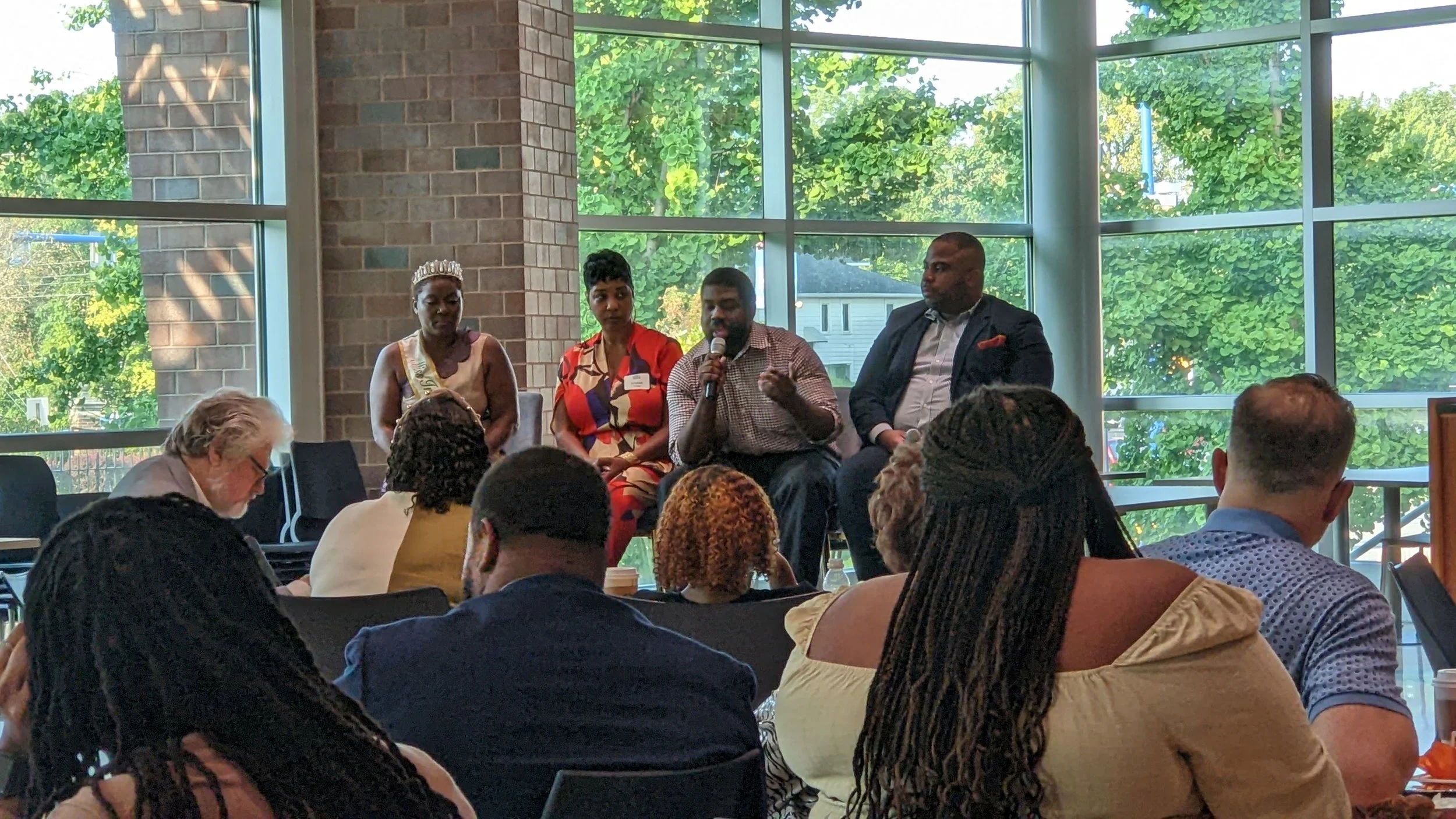Emmett Till and Mamie Till-Mobley: Let the World See
The Indianapolis Children’s Museum is the largest children's museum in the world serving Indianapolis residents and visitors with thought-provoking, interactive exhibits for nearly a century. Over breakfast on a sunny morning in September 2022, The Children’s Museum’s CEO Pace Robinson, along with board members and a panel of thought leaders, launched its newest exhibit, Emmett Till and Mamie Till-Mobley: Let the World See.
The panel included Theresa Clay, Miss Juneteenth; Kristian Strickland, President of Madam Walker Legacy Center; Rodney Arnett, Corp. Manager of Pacers Sports & Entertainment; and Benjamin Saulsberry, Emmett Till Interpretive Center Director of Public Engagement and Museum Education.
Rodney Byrnes, a Board of Trustees Member for The Children’s Museum and moderator for the panel, shared that the museum always strives to bring families into a story with hopes that they will continue the conversation in their homes after their visit. He adds, “The Children’s Museum has never been afraid of hard conversations.” Which was one of the driving forces behind the genuine interest and care the board took in collaborating with the Emmett Till and Mamie Till-Mobley Institute, the Emmett Till Interpretive Center, and the Till family in the creation of the exhibit.
Can’t go in person? Take a 3D visit of the exhibit.
Who was Emmett?
Emmett Till was a Black fourteen-year-old boy from Chicago. In 1955, while spending summer vacation with family in Mississippi, he was kidnapped from their home, tortured, and murdered by white supremacists. It was the time of Jim Crow and Emmett’s murderers were found not guilty of any charges. Emmett’s mother, Mamie, demanded that Emmett’s body be returned to Chicago, where she held his funeral with an open casket, bravely insisting that the world see what they had done to her son. It is reported that fifty thousand people in Chicago saw Emmett Till’s corpse.
“I understand why a mother wanted people to know.” remarked Cordelia Burks before the panel in Indianapolis. Burks was a young woman in Chicago and waited in line to view Emmett’s casket. “It’s the courage and strength of a dedicated mother.”
Emmett Till’s story is no doubt a heavy one— for adults and children alike.
The Children’s Museum and its partners on this project have taken care to present the very real topics of racism and hate alongside the ways to combat them through social justice. The goal is in knowing and talking about the whole, true story in order to make the world a better place. “Emmett’s story is tragic. It’s devastating,” Rodney Arnett remarked, “We want to protect kids, but we have a responsibility for them to know the truth and to move forward together in healing.”
Come prepared: The Children’s Museum offers a pre-visit guide here.
The multimedia exhibit, making its national debut in Indianapolis, begins as a history lesson walking the viewer through Emmett’s story starting with who he was: A fun-loving young boy from Chicago with a stutter and a personality. Family photos show him posing in hats and on bikes. As his murder unfolds, newspaper and magazine articles give patrons a glimpse of the trial and his mother’s call to share his story.
A large projector room takes viewers to the Tallahatchie River where Emmett’s body was recovered and then to the front lines of a racial justice protest. A replica of the historical marker placed along the Tallahatchie River to honor Emmett’s life and legacy stands tall with bullet holes punctured through it, just as the actual marker has endured, reminding viewers that we are not completely removed from hatred and history even today.
In the exhibit space, families have plenty of room to take breaks as they digest, reflect, or discuss the impact of Emmett’s story.
One of the many interactive opportunities includes tables to color a message of peace and healing.
Benjamin Saulsberry shares, “The hope we have with the exhibit is that it brings society to a place where we choose to be uncomfortable. Being uncomfortable is not bad, [and] the exhibit positions families to be uncomfortable and to learn, and then go out and continue to grow.”
The Emmett Till & Mamie Till-Mobley: Let the World See exhibit makes its national debut at The Children’s Museum on September 17 and continues in Indianapolis through October 30. It will then make a historic tour across the United States traveling to the Birmingham Civil Rights Institute in Alabama, Martin Luther King, Jr. Memorial Library in Washington, DC, Two Mississippi Museums in Mississippi, DuSable Museum of African American History in Illinois, Atlanta History Center in Georgia and National Civil Rights Museum in Tennessee before reaching its permanent destination at the Emmett Till Interpretive Center in Sumner, Mississippi.
The Children’s Museum advises that the material is best for kids over the age of 10. Be prepared for gunshots and other loud sounds in the exhibit space.






